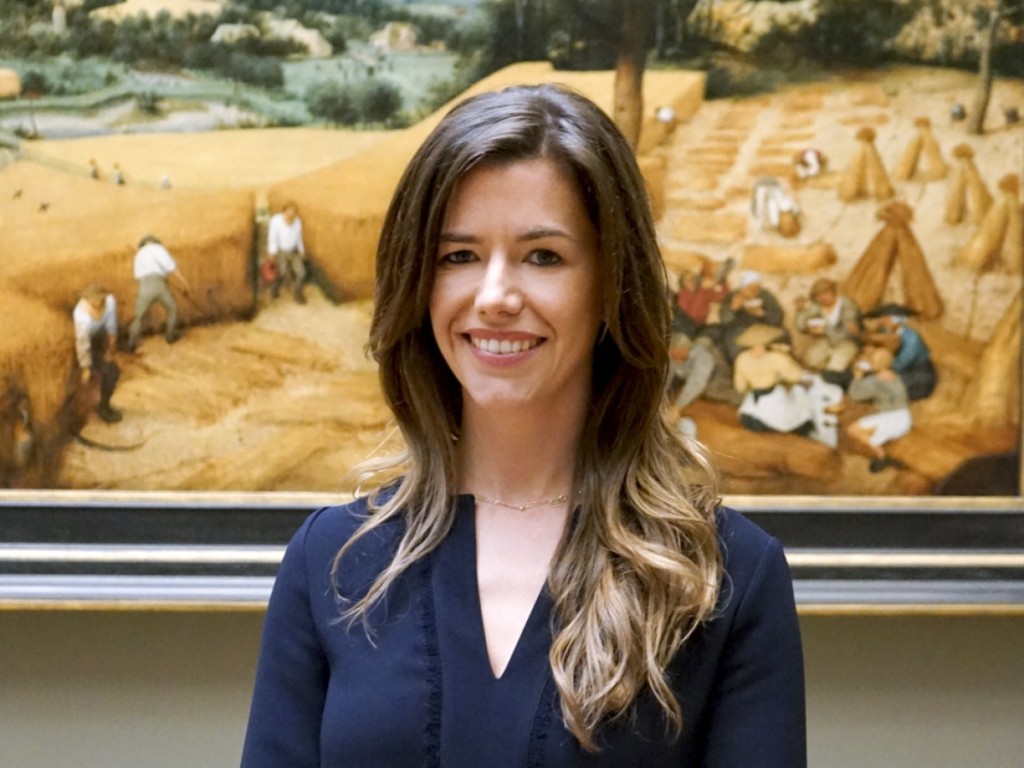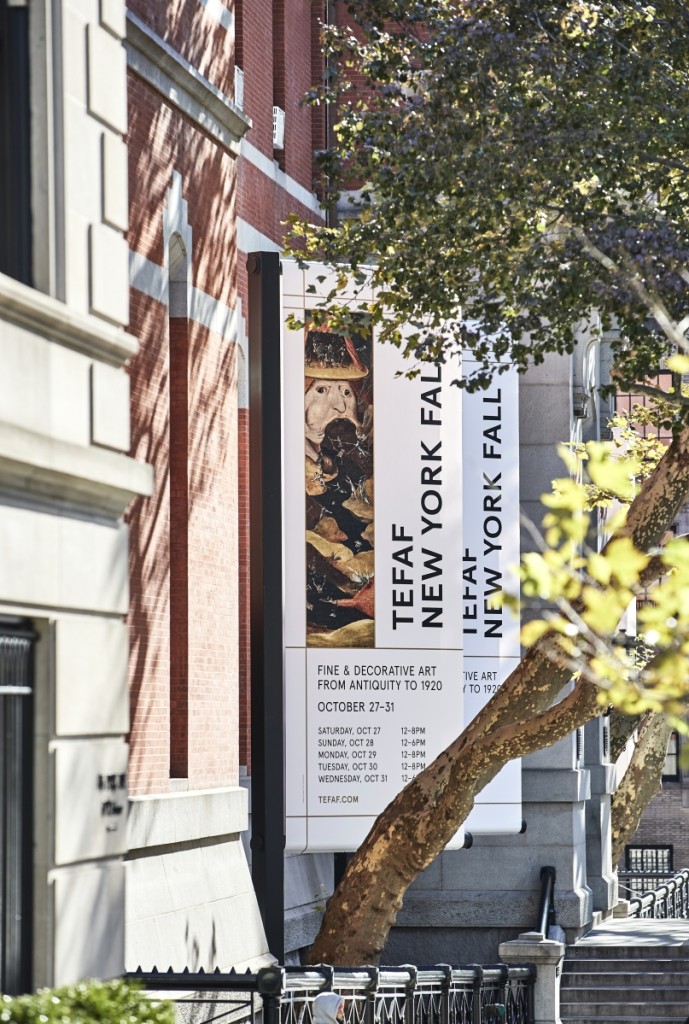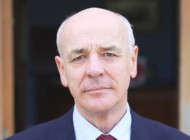
In the summer of 2018, Sofie Scheerlinck was appointed managing director of The European Fine Art Fair (TEFAF) New York, the American edition of the European art fair in Maastricht, Netherlands. With a strong background in art tech, Scheerlinck is poised to introduce technology to improve the public’s experience across TEFAF’s locations. Her mandate has also been to make TEFAF, which is very familiar to the European art market, a more recognizable brand in the United States. Antiques and The Arts Weekly checked in with Scheerlinck to see how she plans to meet her mandate.
You have a background in art tech.What is that?
Art tech is just what it sounds like – technology companies that are focused on serving the art industry. Some focus on galleries, such as inventory management software, shipping logistics platforms, sales apps. Other art tech companies might be more focused on selling art online or offering data-based valuation estimates to collectors. Right now, we are seeing an uptick in companies seeking to leverage blockchain to combat ownership, forgery, and provenance issues, amongst other applications.
How do you plan to use that background in your role as TEFAF New York’s managing director?
As TEFAF has globalized – we now have offices in Amsterdam, New York, and London – we have placed a new importance on technology. Internally, we are overhauling the software we use for cross-office communication and fair management. For our clients, we are expanding on our exhibitor as well as public-facing portals, making it easier to find information and share relevant data with our organization. The goal here is to leverage technology to streamline the experience across our locations and reinforce our global brand for exhibitors, visitors, and staff alike.
Do you feel dealers and collectors are receptive to technological innovations in the art market? Is it an over-generalization to say that those who are more receptive to it are younger and/or collectors or dealers of modern/contemporary art/objects?
I would say reception to technology in the art world partially mirrors societal trends – millennials can’t live without their phones, while you are more likely to find people within older generations who don’t mind going off the grid now and then. However, as a whole, the art market is cautious; they’ve begun to embrace technologies that make their jobs easier but are still wary of sharing too much data. This is true regardless of the age of the dealer, collector, or art in question. I definitely see that art tech companies are talking less about disruption and more about enhancing experiences across the art world, which is definitely making tech adoption a lot more widespread. If it’s not useful, it doesn’t belong here, which I think we can all get behind.
TEFAF Maastricht has, since 2008, introduced new galleries in a Showcase. Are there plans to follow this model in New York?
At the moment, we do not have plans for Showcase in New York.
TEFAF is not as familiar brand in the United States as it is in Europe. How will you try to change that?
TEFAF’s expansion into New York City just over two years ago has sought to remedy this, but the job is far from over. Collector-dense markets like Los Angeles, Chicago, Dallas, and others will be areas of focus in our marketing, communications and events – initially, to attract dealers, museums and collectors to our New York City fairs, but also to entice them to hop the pond and come to Maastricht.
The Fall 2018 exhibition was your first TEFAF New York show, and you are now focused on the Spring 2019 edition. Aside from the obvious differences in material the exhibitors bring, are there differences to how you will present the brand?
I see us coming into our own as the New York edition of a big brand-name European organization, but I also see the Dutch organization evolving as a result of our new shared global ambition. As such, I believe the work we have been doing to streamline global operations will shine through in reinforcing our brand – TEFAF as a true cosmopolitan force in the art world, whether we are talking about New York or Maastricht.
This fair was the second time you have installed some of the larger works on offer throughout the armory. What was the reception to that? Will you continue to make that a feature of TEFAF New York?
Our public works program is very well-received, partially because it brings works to life outside of the booth, contextualized within rooms and hallways. While the works tend to be large in scale, this contextualization reinforces the intimate atmosphere we create at the Armory – think a very large living room you want to lounge in rather than a commercial trade show. We will absolutely continue this feature.
You’ve said you would be live-streaming your Cultural Program for those who could not attend in person. Can you discuss the Cultural Program a little more in depth? Where was it live-streamed and was it followed?
At TEFAF, you will find museum-quality work from all periods, offering a tremendous opportunity for our visitors to learn about art and culture through the ages. Especially in the fall, our cultural programming seeks to contextualize works that are hundreds of years old, offering fresh perspectives and new touch points for contemporary audiences. Our Facebook live-stream was followed by hundreds of people; more importantly, the content remains accessible on our website as an educational tool.
Was there feedback from visitors or exhibitor’s feedback you think will warrant changes in future fairs?
Many of our exhibitors know us from TEFAF Maastricht, where we offer “7,000 years of art history” in one fair. In New York, we split our timelines to make the most of the smaller space – the spring features post-1920 art, whereas the fall offers ancient art through 1920. We get a lot of requests to mix more, and we do think this echoes the way people collect. While we are not changing the identities of the fairs just yet, we might make an effort to highlight various time periods at each of the fairs in new ways. Stay tuned for what that might look like!
-Madelia Hickman Ring





